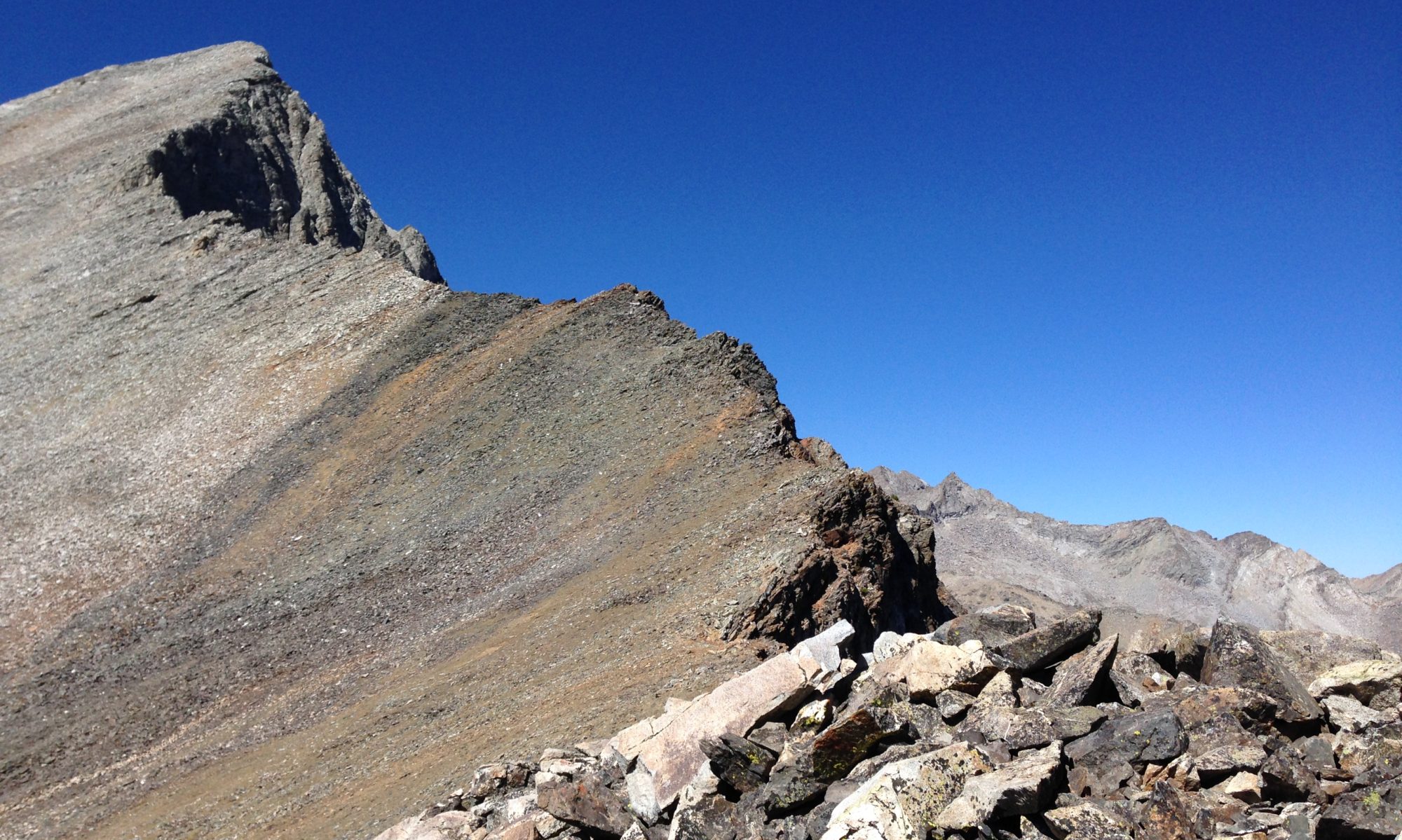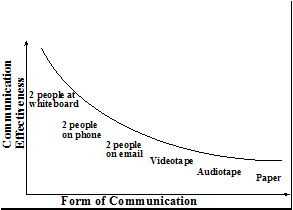…or maybe less. Still tinkering with language for expressing the essence of what Chris and I have been calling the Four Practices of Open Space, or Four Practices of Inviting Leadership. Here’s where I’m settling out today:
1. Embracing Heart… is about opening to the heart of issues, the passion in people, and the depth of what is really going on in an organization, a situation or a body. It’s a willingness to take things in and feel them deeply, as opposed to holding them away for detached analysis and objective study. It’s about feeling into the pulse of things, the flow of things, and connecting with that pulse and flow, giving and receiving. It’s being in touch with what we love, what we want, and why we do what we do. And being willing to embrace others, as well. It’s a willingness to acknowledge, appreciate and embrace what is really happening, to cut the crap and deal with core issues. It’s as much a being, warmth and opening, as a doing. If this practice was a sound, it might be “Aaahhh…”, the sound of satisfying.
2. Inviting Focus… is about calling, being called and calling attention, seeing clearly and being able to articulate where we’ve been, where we are, what needs to come next, what is trying to emerge, what people are needing and wanting to create. It’s about bringing people and ideas together, inviting and allowing new patterns to emerge, new things to happen, next steps to be taken, within the bounds of a history, a culture, a purpose or process. It’s about the fine line and leading edge, between what we know and have, and what we need, to explore, address, or resolve. This practice acknowledges choice, that everybody has it, already… and invites conscious choosing. It’s about naming issues and opportunities, choices and challenges, boundaries and resources, dates and times, meeting places and purposes. Being an inviting focus must have something to do with the intensity of our inquiry into how things are, where they are heading, and how they might be shaped. The sound of this practice might be “Hmmm…”, the beginning of a question.
3. Supporting Flow… is about holding space, opening space, for people and information to move, to connect, to exchange, unfold and emerge. It’s about letting go, in the sense of letting things go forward, move and develop. This practice builds and maintains structures — rules, tools, technologies and processes — that open and hold space for moving, connecting, and exchanging. It tests boundaries, stretches limits, and cuts through delays and red tape — but it goes beyond problem-solving. It wants to create whole new ways of working, where everything moves freer, faster and easier, together. Everything depends on and from everything else, like the movement of people, prices and goods in a marketplace. This practice supports the spaces, conference rooms, church basements, weblogs, email listserves, off-site meetings, working lunches, team coffee breaks that make it possible to keep work moving and get things done. The sound here might be silence, the sound of space.
4. Making Good… is about showing up, making deliveries, return on investment, learning and contributing, making good on promise and promises, the care, openings and assistance that others give us, and that which we have pledged to them. It wants to make a real difference, do something that counts, which is different from something that we can count. It’s not about the data, it’s about the doing — the little things that make us powerful as people and organizations. There is no way to account for how many promises are kept in an organization, but everyone knows and talks about promises broken, and promise wasted. This practice is about grounding and lightness, a felt sense of traction, ease and power. It’s about claiming power, acknowledging our responsibility, and take care of what we love, taking the steps that make good on what is. “Oh!” …the sound of realizing.
Note that this is the first post in a new category, Inviting Leadership. Previous work on this topic has been most but not all of what I’ve been calling Practice.

